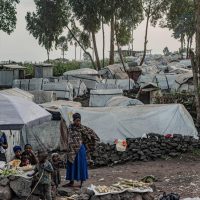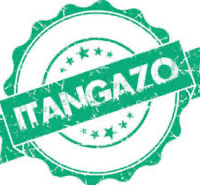Rwanda remains stuck to its guns in defending economics data which has for the past four days has been a subject of debate.
The Financial Times recently published an article ‘Rwanda: where even poverty data must toe Kagame’s line’ – the article claims that the government of Rwanda manipulates its economic data.
This publication said it had deployed its data journalists to dig through Rwandan poverty statistics and discovered there was manipulation just before the 2015 referendum.
According to Financial Times, the reason for this manipulation was to show continued progress in reducing poverty.
“I will bet with anyone that there is actually nothing fake or fabricated or doctored about the progress we are making, there is no question about it,” President Paul Kagame responded days later.
However, the World Bank responded in a long statement saying that estimation of poverty levels is a complex subject and every country including the developed ones have their unique methodologies.
“There is no single “best way” to estimate poverty that is appropriate for all contexts and all times,” the World Bank statement reads in part, adding that Methodology adjustments may be necessary to better capture the position of the poor, so that policy adjustments can be targeted to address their needs.
The English newspaper alleged that its “analysis of the survey’s more than 14,000 data points and interviews with academics shows that rising prices for Rwandan families meant poverty most likely increased between 2010 and 2014”.
The paper also claims that “there has been a consistent attempt since 2015 to misrepresent the results” regarding poverty.
Giving an insight on how Rwanda surveys its poverty data, the World Bank explains that Rwanda’s National Institute of Statistics (NISR) poverty measures are calculated using appropriate deflators that are computed based on the prices faced and consumption choices made by poor households in different regions of Rwanda.
For example, consistent comparisons of monetary poverty measures over time, just like consumer prices or GDP, require the use of a deflator.
However, the appropriate deflator for measuring poverty is not the Consumer Price Index or GDP deflator, but rather a composite “cost-of-living” index that is representative of the food and non-food consumption choices of poor households as well as the unit prices they face in the markets where they purchase goods and services.
The global financial institution says Poor households consume a diet that is less diverse and relies more on self-produced (especially in rural areas), basic, and cheaper staples.
The consumption choices and prices faced by the poor, be it in informal urban or rural markets, differ from those in formal retail stores and supermarkets.
A comparison between populated areas of Kigali and the country’s rural towns and villages shows wide variances in consumption choices and prices faced by households.
President Kagame is determined to defend his country’s data and explains that the Financial Times story has ramifications of the country’s dissenters.
“I honestly enjoy these fights and not only in words,” Kagame said, adding the Financial Times Story is “western propaganda”.
The Express News










